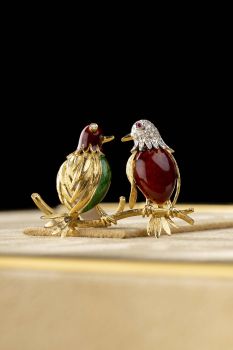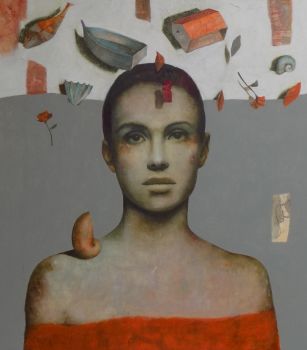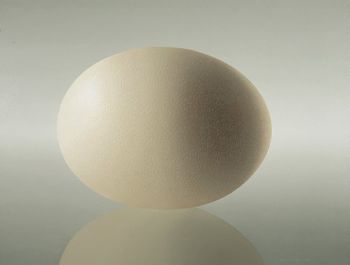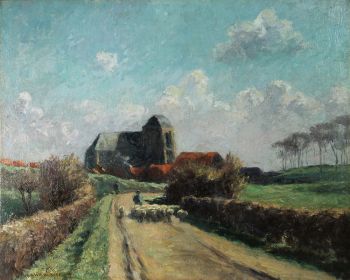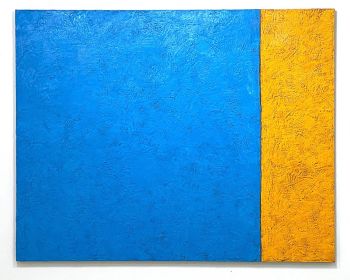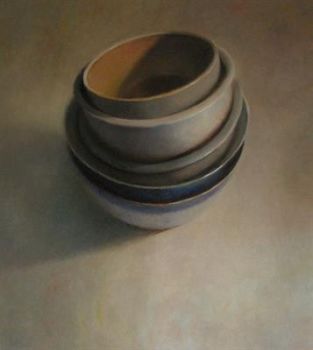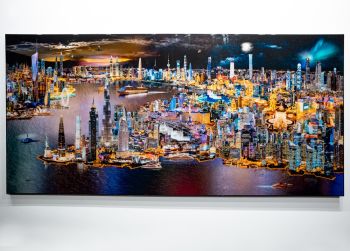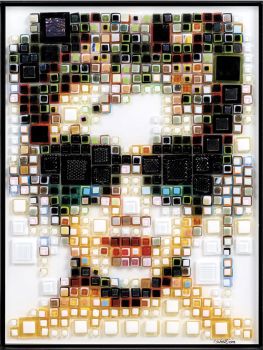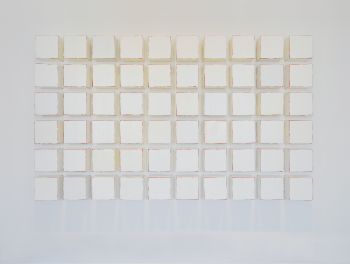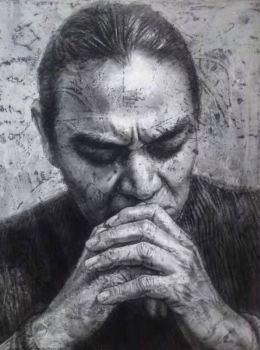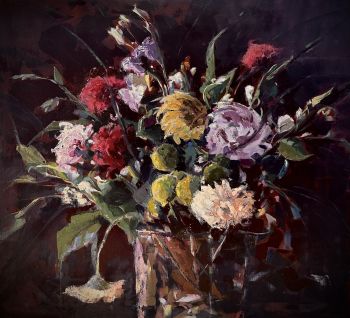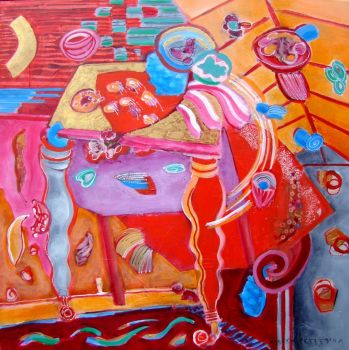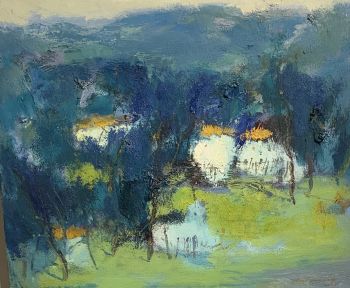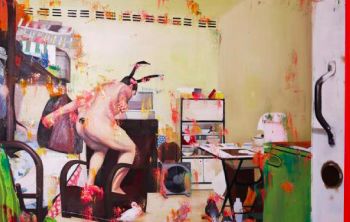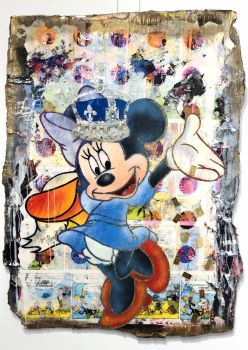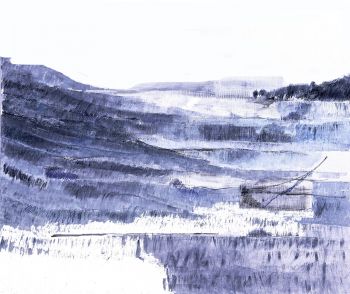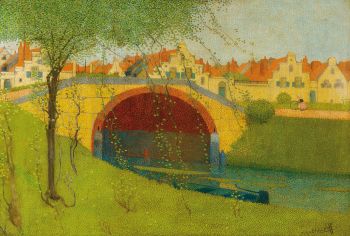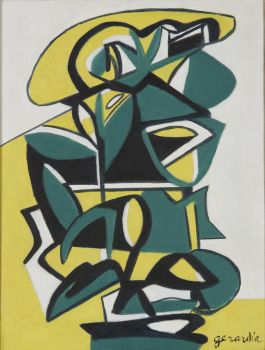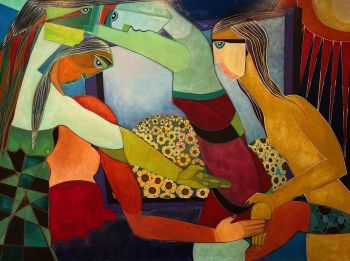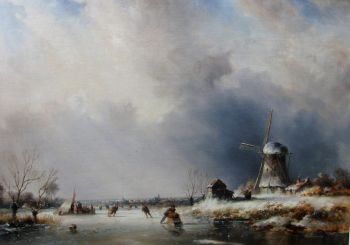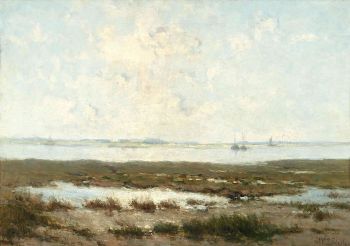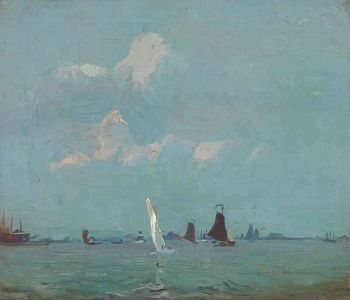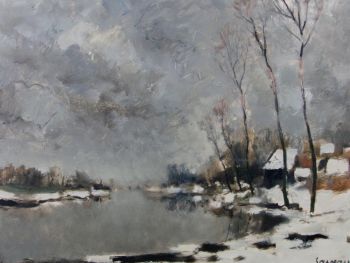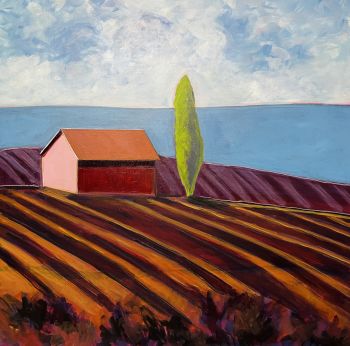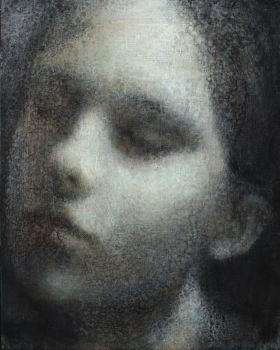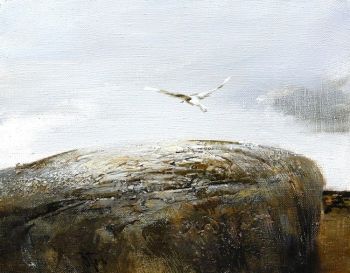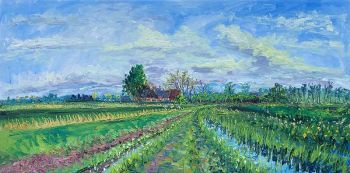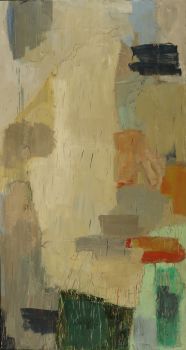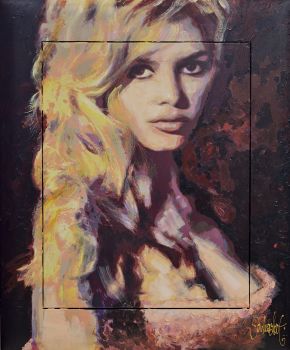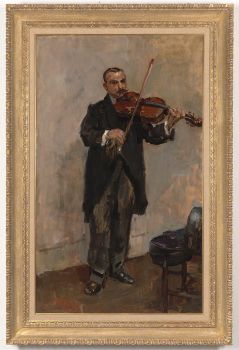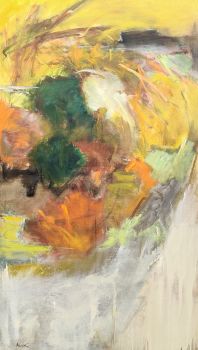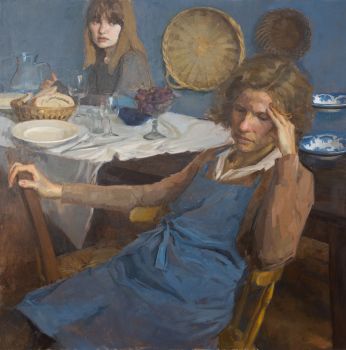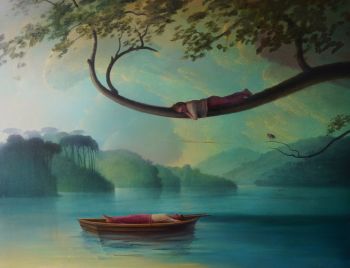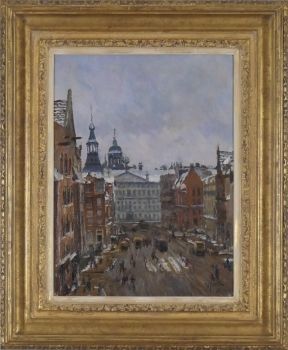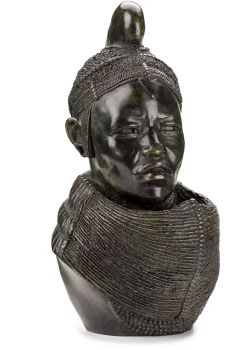Portrait of Hendrik Brouwer (c. 1581-1642), Governor-General of the former Dutch East-Indies 1650 - 1700
Artista Sconosciuto
Olio originale su tela
33 ⨯ 24 cm
Prezzo su richiesta
Zebregs & Röell - Fine Art - Antiques
- A proposito di opere d'arteTitled ‘Hendrik Brouwer Gouvr. Generl. van India’ and annotated at the reverse 1640 Holl. Ausstellung Lenzburg 1934, Katalog
Oil on panel, H. 33 x W. 24.6 cm
Hendrik Brouwer was born in circa 1581, somewhere in the Spanish Netherlands. He moved to Amsterdam at a young age, where he served six years as an apprentice to Leonard van Raey, an Amsterdam merchant, for whom he made journeys to Spain, Portugal and possibly the Dutch East Indies. In 1610 Brouwer sailed to the East Indies as commander of a fleet of three ships. On his initiative, he explored the Southern route, from Cape of Good Hope to the East, turning North to Java almost as far as the west coast of Australia. This route was so much quicker that the Heeren XVII, the VOC directors in the Netherlands, decided that this would be the route to Batavia (Jakarta) from then on.
In Batavia, he didn’t get on very well with Governor-General Pieter Both, who sent him as Opperhoofd or Chief-Merchant to the VOC trade post in Japan, Hirado, in 1613. Brouwer made a court journey to Edo to pay respect to the Shogun and bring him the customary gifts such as telescopes, guns, globes and books on European science and shipbuilding. In 1613 Brouwer established the first Dutch trade post in Siam.
He returned to Amsterdam in 1617, where he became one of the directors of the VOC. In 1632 he accepted, for three years, the post of Governor-General in Batavia. In 1641 Brouwer was back in Amsterdam but apparently out of favour
with the Directors of the VOC, as he was now appointed Governor-General of the WIC, the Dutch West India Company. The position was not bad, if he had not been commanded to sail out to conquer the Spanish silver mines in Peru. During the magnanimous but unsuccessful attempt, Brouwer died in 1642 in front of the coast of Chili at Puerto Inglés. - A proposito di opere artista
Può succedere che un artista o un creatore sia sconosciuto.
Alcune opere non sono determinate da chi sono state realizzate o sono state realizzate da (un gruppo di) artigiani. Esempi sono statue dell'antichità, mobili, specchi o firme non chiare o leggibili ma anche alcune opere non sono affatto firmate.
Inoltre puoi trovare la seguente descrizione:
•"Attribuito a …." A loro avviso probabilmente opera dell'artista, almeno in parte
•“Studio di ….” o “Officina di” A loro avviso un'opera eseguita nello studio o nella bottega dell'artista, eventualmente sotto la sua supervisione
•“Cerchio di…” A loro avviso un'opera del periodo dell'artista che mostra la sua influenza, strettamente legata all'artista ma non necessariamente al suo allievo
•"Stile di..." o "Seguace di..." A loro avviso un'opera eseguita nello stile dell'artista ma non necessariamente da un allievo; può essere contemporaneo o quasi contemporaneo
•“Modalità di…” A loro avviso un'opera nello stile dell'artista ma di epoca successiva
•"Dopo …." A loro avviso una copia (di qualsiasi data) di un'opera dell'artista
•“Firmato…”, “Datato…” o “Iscritto” A loro avviso l'opera è stata firmata/datata/inscritta dall'artista. L'aggiunta di un punto interrogativo indica un elemento di dubbio
•"Con firma....", "Con data...", "Con iscrizione..." o “Riporta firma/data/iscrizione” a loro avviso la firma/data/iscrizione è stata aggiunta da qualcuno diverso dall'artista
Sei interessato ad acquistare questa opera d'arte?
Artwork details
Related artworks
- 1 - 4 / 12
Umberto Ciceri
Hypertrait - Female 1800 (1/1) (12 werken van 50 x 50 cm)2022
Prezzo su richiestaAbrahamArt
1 - 4 / 24Artista Sconosciuto
A large Japanese Imari porcelain 'VOC Groningen' dish1800 - 1925
Prezzo su richiestaZebregs & Röell - Fine Art - Antiques
 A cura di
A cura diDanny Bree
Artista Sconosciuto
Japanese transition-style lacquer coffer 1640 - 1650
Prezzo su richiestaZebregs & Röell - Fine Art - Antiques
Artista Sconosciuto
The bell of the VOC fortress in Jaffna, Sri Lanka1747
Prezzo su richiestaZebregs & Röell - Fine Art - Antiques
 A cura di
A cura diDanny Bree
Artista Sconosciuto
UN INSOLITO PIATTO D'ARGENTO LOBBATO INDONESIlate 17th
Prezzo su richiestaZebregs & Röell - Fine Art - Antiques
Artista Sconosciuto
UN NETSUKE IN AVORIO DI UN OLANDESE CHE TIENE UN GALLETTO18th century
Prezzo su richiestaZebregs & Röell - Fine Art - Antiques
Artista Sconosciuto
Due ritratti di studio di Mas Marco Kartodikromo1900 - 1950
Prezzo su richiestaZebregs & Röell - Fine Art - Antiques
Artista Sconosciuto
UN PICCOLO NETSUKE IN AVORIO DI UN OLANDESE CON UN TAMBURO1750 - 1800
Prezzo su richiestaZebregs & Röell - Fine Art - Antiques
1 - 4 / 24Julien T´ Felt
Still Life, copper kettle, jar and potatoes1922
Prezzo su richiestaVan der Aalst Fine Art
1 - 4 / 24Philip Reeves
A Massai/Rendille tribe girl from Kenya1952
Prezzo su richiestaZebregs & Röell - Fine Art - Antiques
Artista Sconosciuto
An Amazon Indigenous Kayapo feather headdress1950 - 1960
Prezzo su richiestaZebregs & Röell - Fine Art - Antiques
Artista Sconosciuto
IMPORTANTE E RARO GRANDE DIPINTO INDIANO "COMPANY STYLE" SU AVORIO RAFFIGURANTE UNA SFILATA1850 - 1900
Prezzo su richiestaZebregs & Röell - Fine Art - Antiques
 A cura di
A cura diDanny Bree
Artista Sconosciuto
A large Japanese Imari porcelain 'VOC Groningen' dish1800 - 1925
Prezzo su richiestaZebregs & Röell - Fine Art - Antiques
Artista Sconosciuto
Olandesi in miniatura (Netsuke)1700 - 1900
Prezzo su richiestaZebregs & Röell - Fine Art - Antiques
1 - 4 / 12













